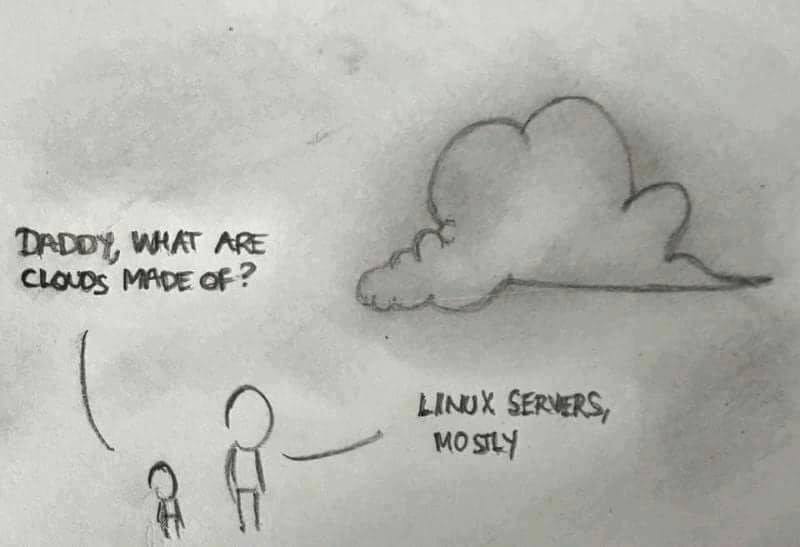Distributed latency monitoring
For a while, I have been looking for a smokeping alternative for latency monitoring from different servers spread around. While smokeping has survived well over time, in 2023 it feels like an outdated package, with limited options, lacks federation etc. This post from Karan Sharma / Zerodha on “Monitoring my home network” was exciting. His setup included a telegraph agent on a local server, Prometheus to scrap data and Grafana to draw latency data. I explored doing the same but in a distributed manner a bunch of servers spread around. After some tries, I didn’t like Telegraf. Don’t get me wrong - it’s a good “agent” to run on Linux servers but is primarily designed assuming push target against a time series database like InfluxDB which created it. I am still exploring using it for a different use case (which is pulling SNMP data from switches).

